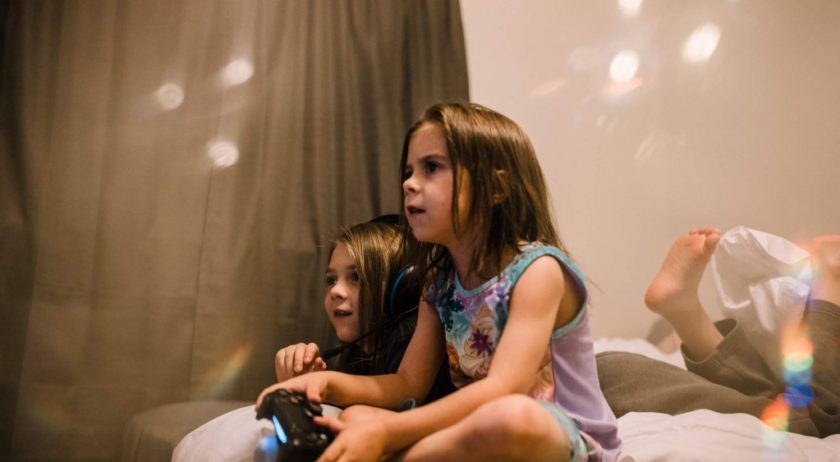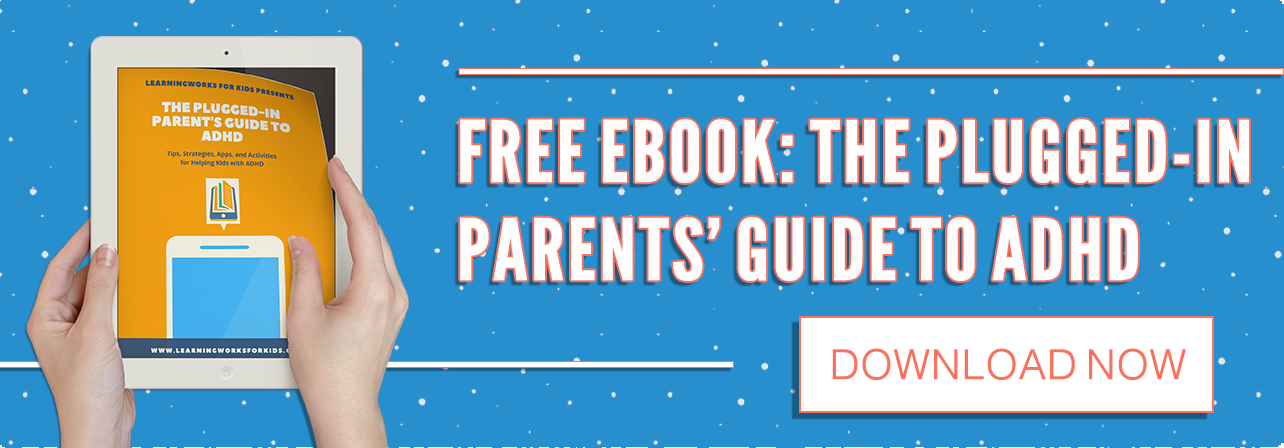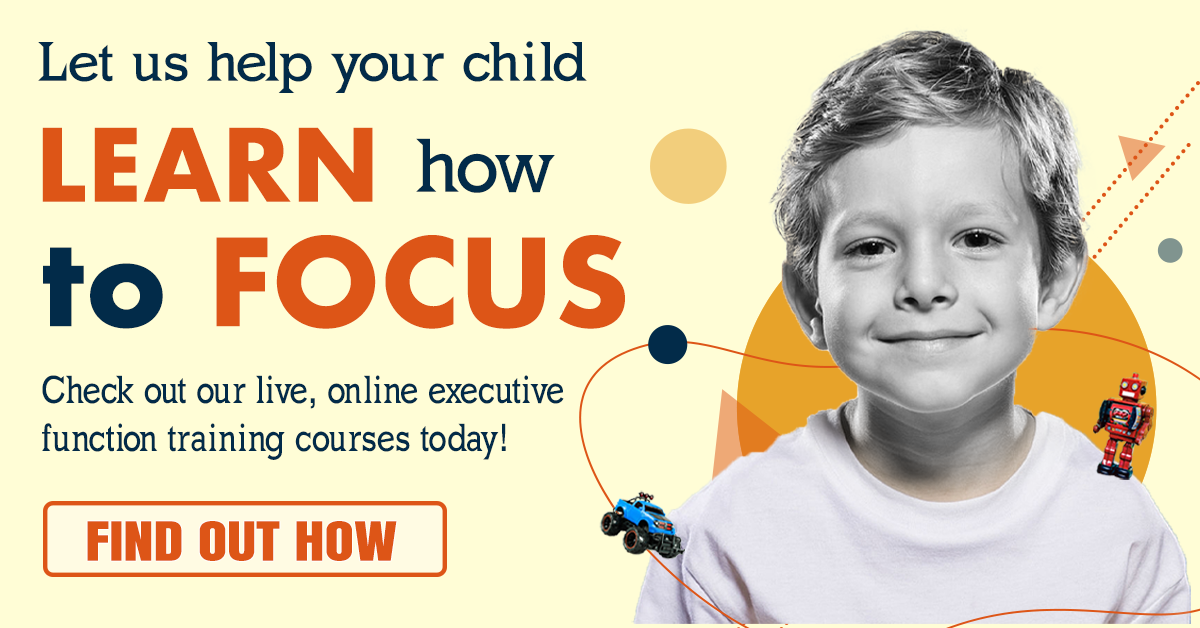Is there actually such a thing as a natural cure for ADHD? I am not referring to a homeopathic remedy or an herbal solution, but a natural cure involving environmental, behavioral, and skill-based strategies. Given that approximately one-third of all children diagnosed with ADHD outgrow it, there seems to be some evidence that some individuals will “cure” their ADHD through their choice of activities and work or simply by getting out of school.
One perspective on a natural cure for ADHD was described by Dr. Richard Friedman in a New York Times article entitled “A Natural Fix for ADHD.” Dr. Friedman described ADHD as a manifestation of brain-based boredom. Treating the boredom experienced by individuals with ADHD, he offered, could be a fix for the symptoms that impair attention and productivity. As many adults with ADHD and parents of children with ADHD can attest, engagement in something exciting and interesting tends to reduce the symptoms of ADHD. I can’t tell you how many parents (I’d guess more than a thousand) have entered my office with the understanding that their child can’t have ADHD because “she can pay attention to video games all day long.” Does this mean that we should treat those with ADHD with a steady diet of video games? Probably not.
However, finding activities, particularly those that can lead to further education and jobs is an excellent idea. Many parents are noticing exactly what Dr. Friedman points out: when we give a child with ADHD something that engages her brain, she is far less likely to show the symptoms of the disorder. Unfortunately, not every situation is as engaging as Instagramming friends or using TikTok. Most kids are stuck in classrooms that don’t engage their attention enough to overcome their boredom for about 7 hours a day, 180 days a year.
Russell Barkley, Ph.D. notes that ADHD “is not a disorder of attention . . . but more of a disorder of intention, that is, attention to the future and what one needs to do to prepare for its arrival.” This idea suggests that when something does not immediately capture the mind of a child with ADHD, she is more likely to show signs of inattention. Placing a child in stimulating situations such as those involving technology, risks or danger or a unique interest, tends to reduce the impairments typically seen in ADHD. In these situations, children with ADHD are more likely to show strengths, resilience, and sustained focus. When we can find these “natural cures,” individuals with ADHD not only do well but are also more likely to excel. Perhaps this explains the extraordinary success of many entrepreneurs with ADHD.
Unfortunately, a natural cure for ADHD can work only some of the time with some of the individuals diagnosed with ADHD. Traditional methods such as medication, counseling, educational interventions, and skill development are still necessary. Nonetheless, adults with ADHD and parents of children with ADHD are strongly encouraged to look for these natural cures. Increasing the amount of time and breadth of activities on which individuals with ADHD can sustain their focus and experience a sense of success is a cure in itself. Helping a child to see how they feel when they are fully attentive may assist them in looking for other activities that engage them. Often the key strategy for parents is to guide them to activities that expand an interest. For example, a kid who loves video games learns coding or video creation skills or a kid who loves animals expands it to learn more about nature.
My most meaningful comment to parents is often to help them identify their child’s interests and “nudge” them towards making it something that enriches their lives. While it may not be a cure for ADHD, it is a natural approach and one that reduces the symptoms of ADHD.







